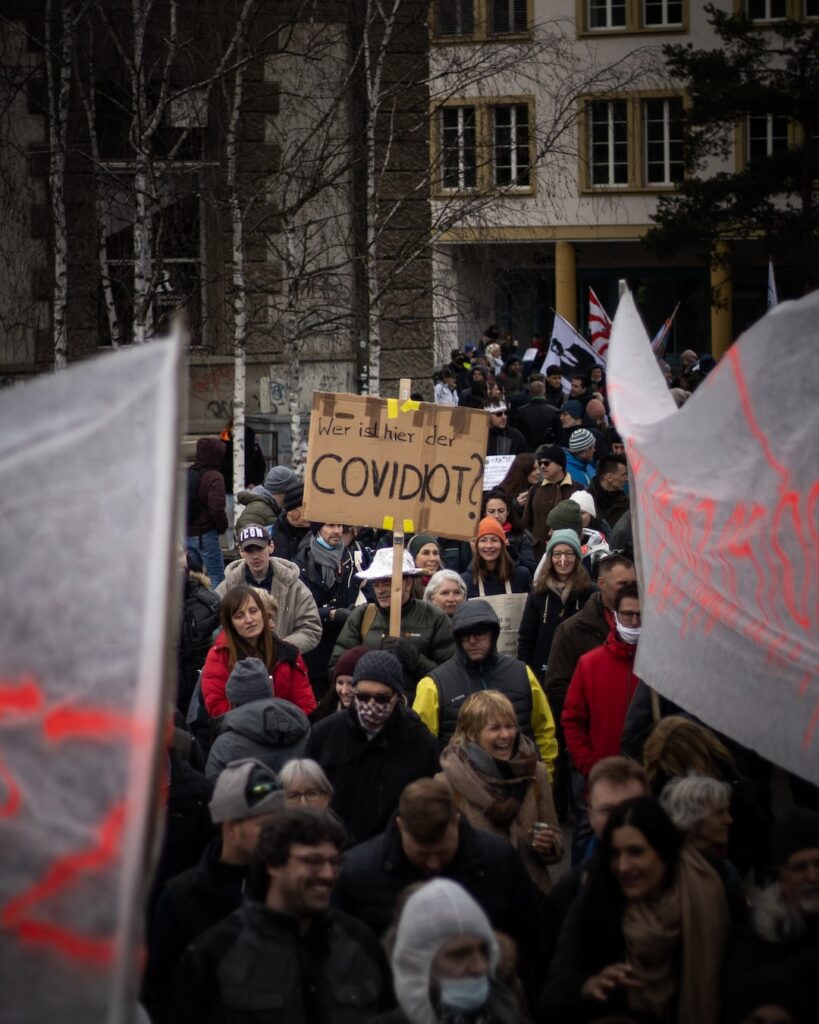The Ultimate Guide to Measuring Wound Granulation
Are you curious about wound granulation and how to measure it for proper wound care? In this comprehensive guide, we’ll delve deep into the world of wound granulation, from understanding what it is to learning how to measure it effectively. Whether you’re a healthcare professional, caregiver, or simply interested in wound care, this article has something valuable for you.
Interest
Wound granulation is a critical aspect of wound healing, and it’s crucial to understand its progress for effective treatment. Did you know that around 6.5 million Americans suffer from chronic wounds, and the cost of treating these wounds exceeds $25 billion annually? Understanding wound granulation and knowing how to measure it can significantly impact the healing process and possibly reduce healthcare costs.
Now that we’ve piqued your interest, let’s dive into the fascinating world of wound granulation.
Understanding Wound Granulation
Wound granulation is the formation of new connective tissue and tiny blood vessels in the healing process of a wound. It is a vital step that leads to the filling in and closing of the wound. When a wound is healing properly, you’ll notice the formation of granulation tissue, which looks pink or red and is granular in appearance.
Why is Wound Granulation Important?
Wound granulation indicates a healthy progression of the healing process. It shows that the body is actively rebuilding the damaged tissue and forming the foundation for the new skin to grow. Monitoring granulation is crucial to assess how well a wound is healing and to identify any potential issues that may be hindering the process.
Measuring Wound Granulation
Now that we understand the significance of wound granulation, let’s explore how to measure it accurately for effective wound management.
Step 1: Prepare the Wound
Before measuring granulation, it’s essential to clean the wound and ensure it is free from any debris or excess moisture. This provides a clear view of the granulation tissue.
Step 2: Use a Millimeter Ruler
Using a millimeter ruler, gently measure the height of the granulation tissue. It’s important to take multiple measurements from different areas of the wound to account for any irregularities in the tissue formation.
Step 3: Document the Measurements
Record the measurements accurately, noting the date and location of each measurement. This documentation helps track the progress of the wound healing over time and enables healthcare providers to make informed decisions about the treatment plan.
How to Apply This Knowledge
Understanding how to measure wound granulation can be beneficial in various settings. Whether you’re a healthcare professional or a caregiver, being able to monitor the progress of wound healing is crucial for providing the best care possible.
Here’s how you can apply this knowledge in your daily life:
For Healthcare Professionals:
– Incorporate regular granulation measurements into your wound assessment routine to track healing progress.
– Use the documented measurements to collaborate with other healthcare team members and make informed decisions about the treatment plan.
For Caregivers:
– If you’re taking care of someone with a wound, learn how to measure granulation to keep track of their healing process.
– Share the recorded measurements with the healthcare provider to contribute valuable information to the treatment.
For Individuals:
– Stay informed about the progression of your own wounds by learning how to measure granulation and keeping track of the measurements.
– Use the documented measurements to discuss any concerns with your healthcare provider and actively participate in your healing process.
Conclusion
In conclusion, understanding and measuring wound granulation is a fundamental aspect of effective wound care. By gaining insight into the significance of granulation, learning how to measure it accurately, and applying this knowledge in various caregiving roles, we can actively contribute to improved wound healing outcomes.
Remember, the journey of wound healing is a collaborative effort, and your understanding of wound granulation plays a significant role in that journey. So, embrace the knowledge, empower yourself, and make a positive impact on the healing process.











